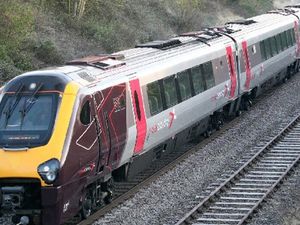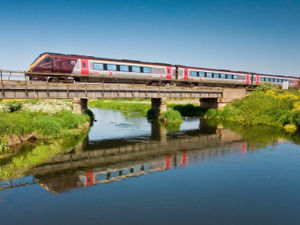County facing drop in sparrow numbers
One of Staffordshire's best known birds may be declining because its chicks have too little to eat, says the RSPB.
One of Staffordshire's best known birds may be declining because its chicks have too little to eat, says the RSPB.
The organisation says too few insects in summer means young house sparrows in towns and cities starve in their nests.
This is especially so when parent birds are trying to raise important second and third broods. Results from the RSPB's Big Garden Birdwatch survey previously showed that house sparrows declined by 52 per cent in Staffordshire since 1979. New research blames increased development.
It also cites the popularity of trees such as leylandii, the removal of deciduous trees and the conversion of front gardens for parking which may help explain the loss of insects in urban areas.
The study, by scientists from the RSPB, Leicester's De Montfort University and Natural England, is the first to investigate the 20-year decline of house sparrows in suburbia.
Lead author, the RSPB's Dr Will Peach, said: "Each pair of house sparrows must rear at least five chicks every year to stop their numbers falling. But in our study, too many chicks were starving in their nests.
"Others were fledging but were too weak to live for much longer than that. If the birds nested in areas rich in insects, they did much better.
"Where there were few insects, young house sparrows were likely to die. Young house sparrows need insects rather than seeds, peanuts or bread to survive."
The new research, published in the journal Animal Conservation, found birds declined by 28 per cent during the three-year study. Most chicks failing to survive died within four days of hatching.
Co-author of the study Dr Kate Vincent said: "This is one of the most mysterious and complex declines of a species in recent years.
"The study highlights that sparrow chicks are hatching but they aren't surviving.
"This is partly down to the loss of green spaces within British cities through development on green space, tree removal and the conversion of front gardens for parking.
"The loss of deciduous greenery within urban areas may have made life much more difficult for birds like house sparrows that need large numbers of insects to feed their young."





